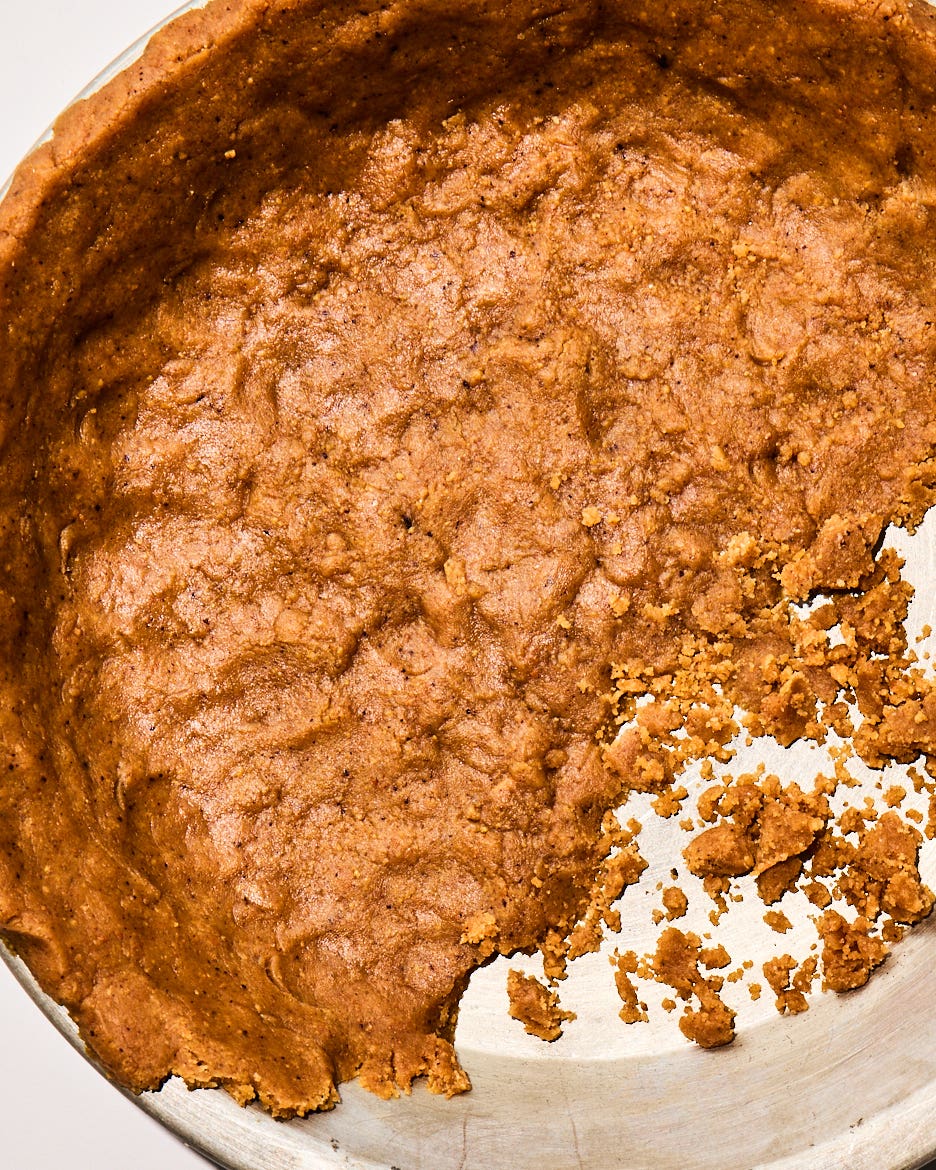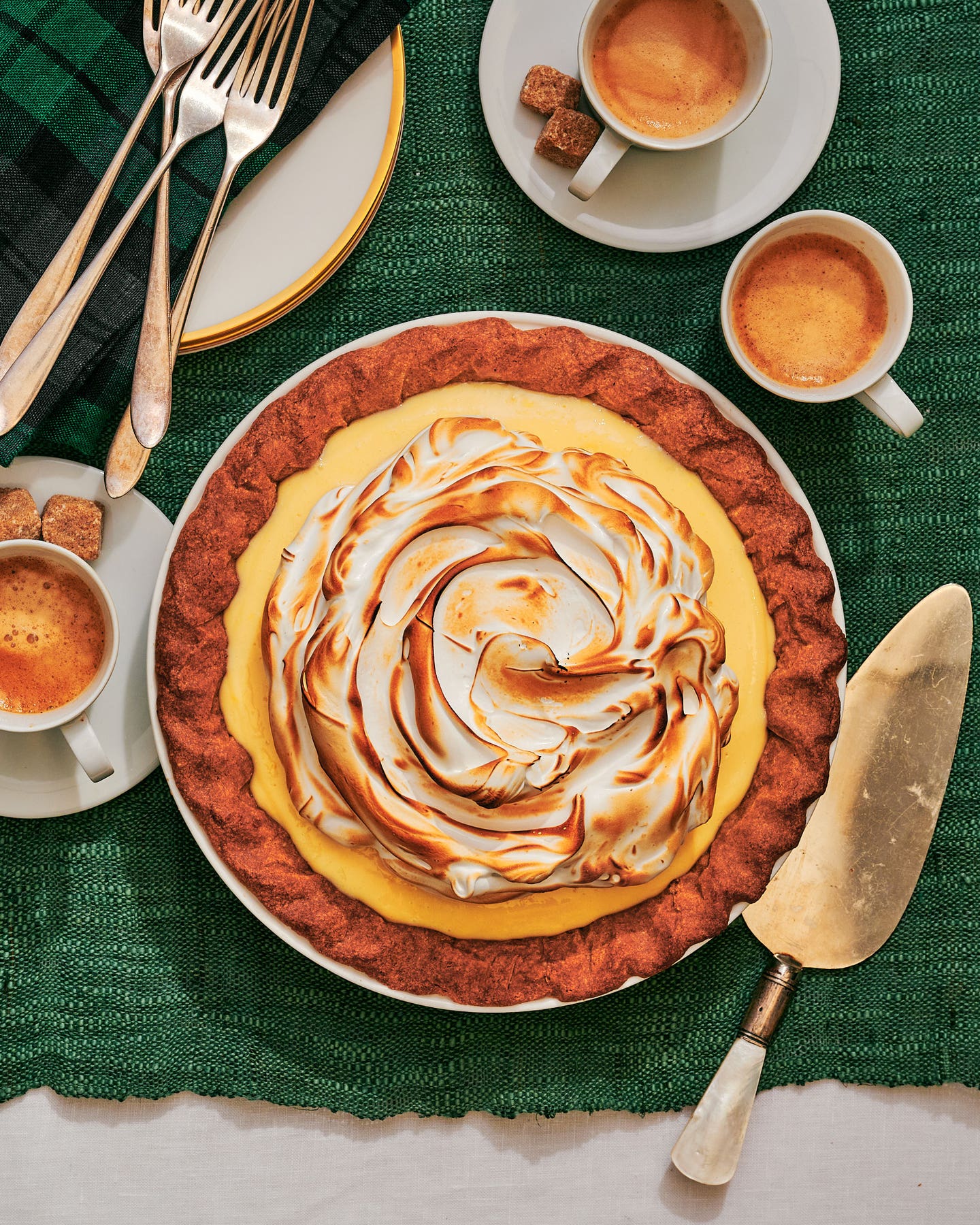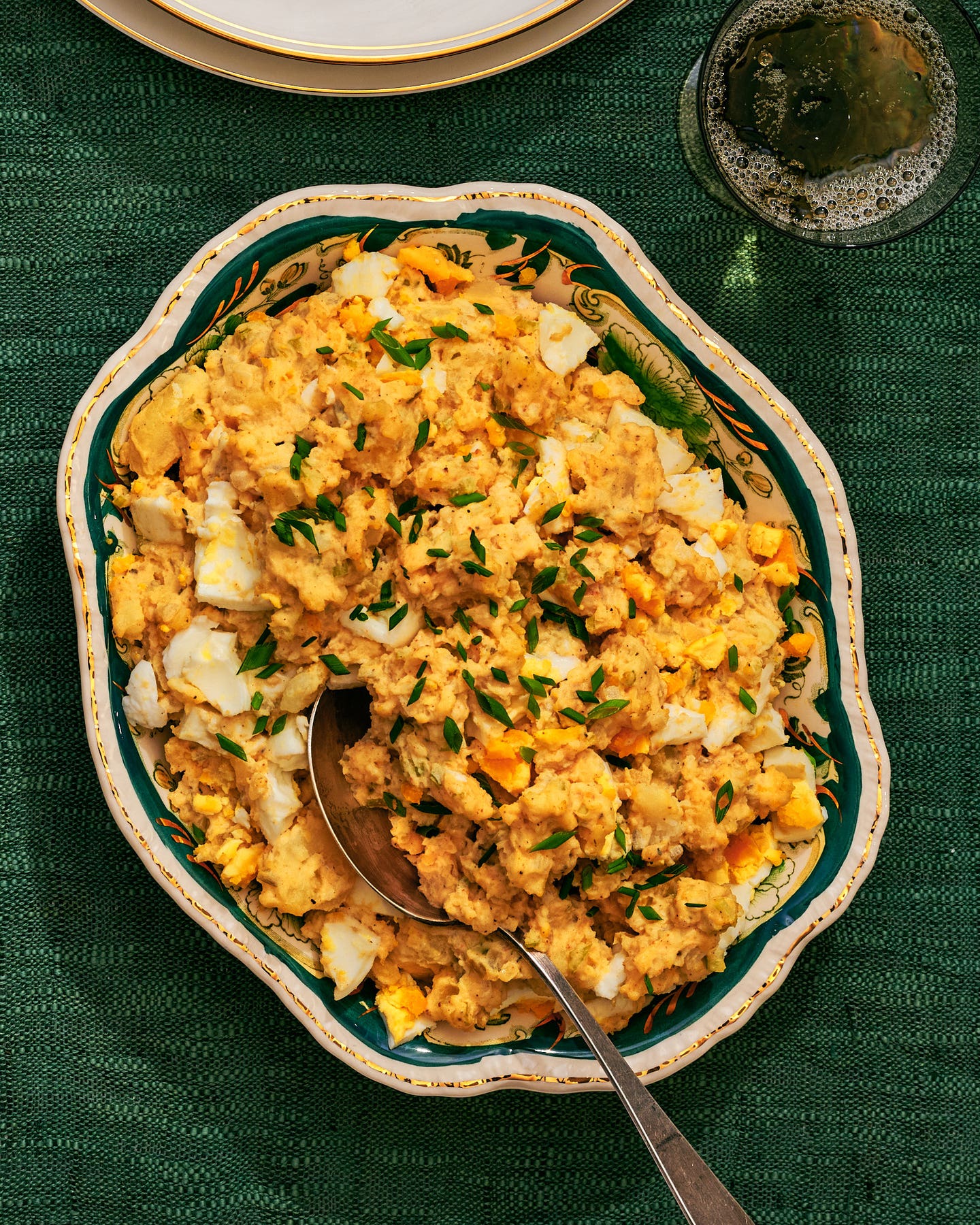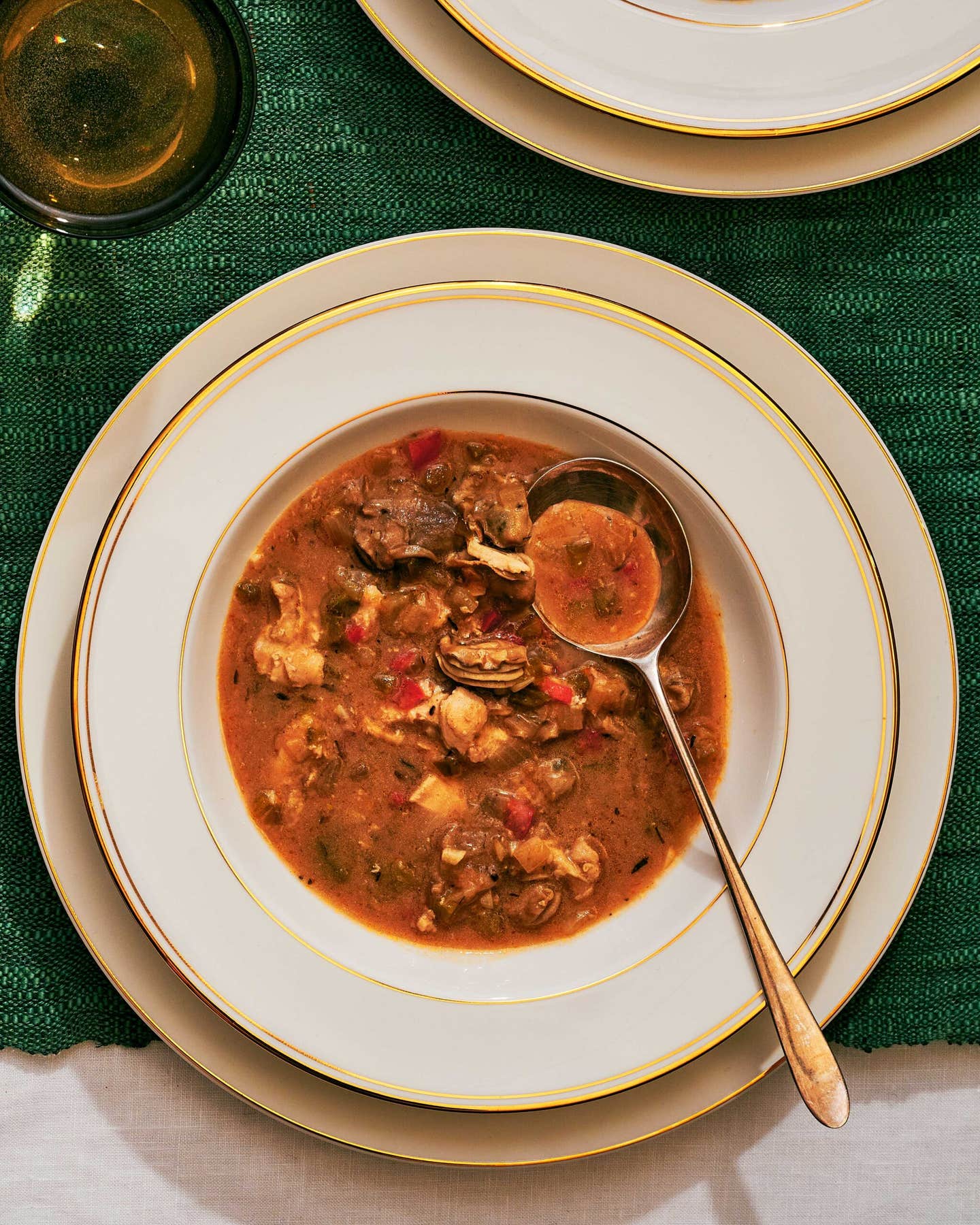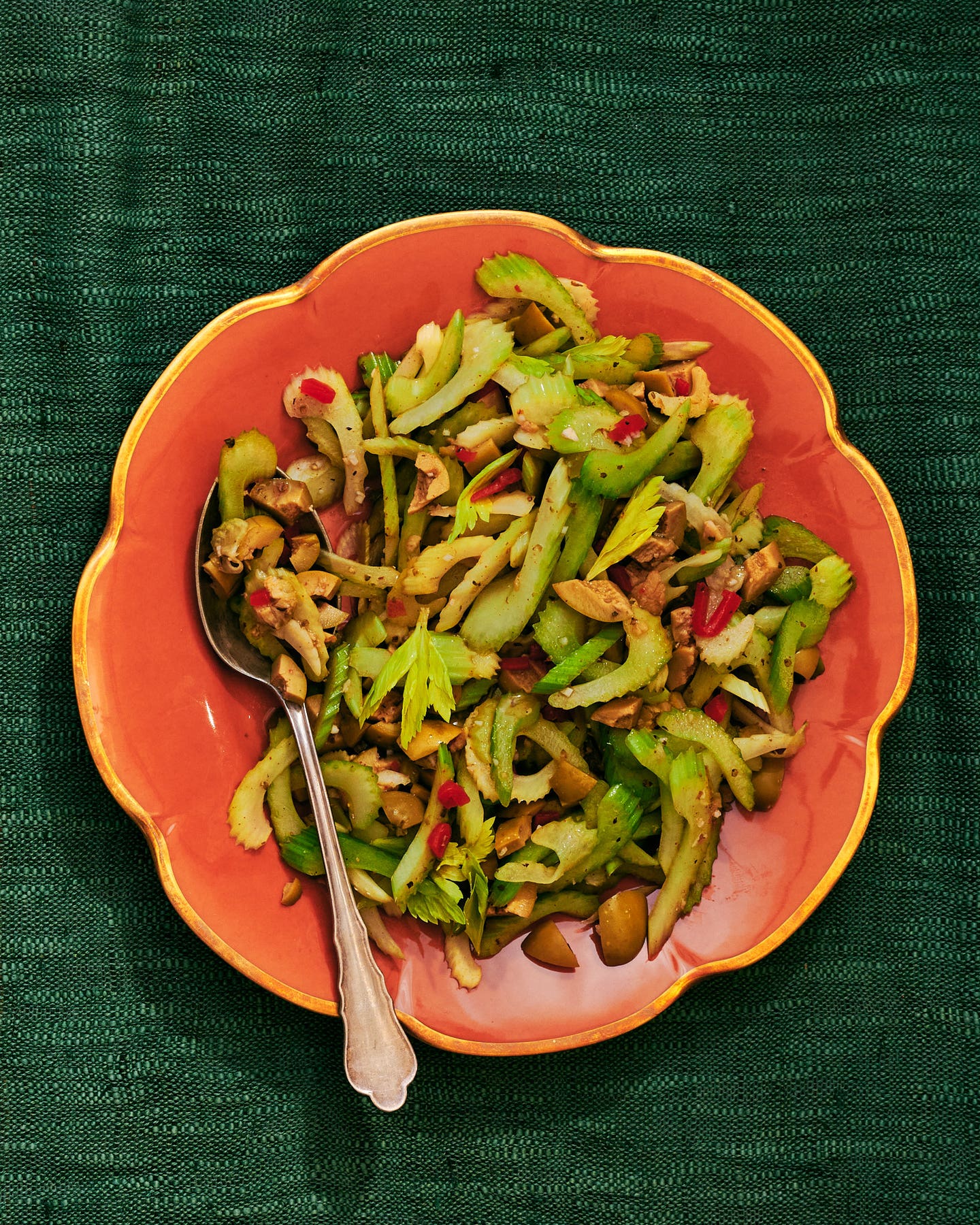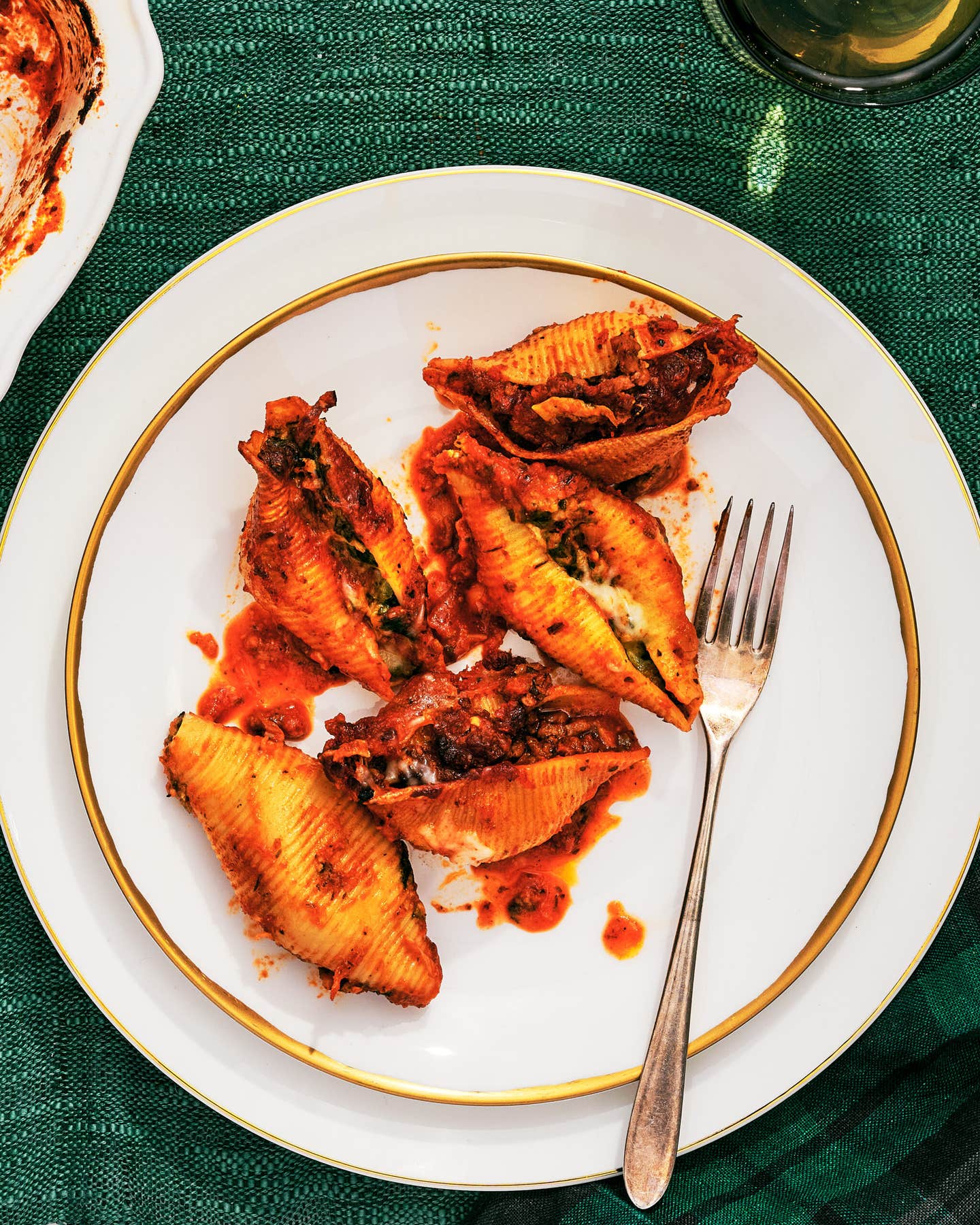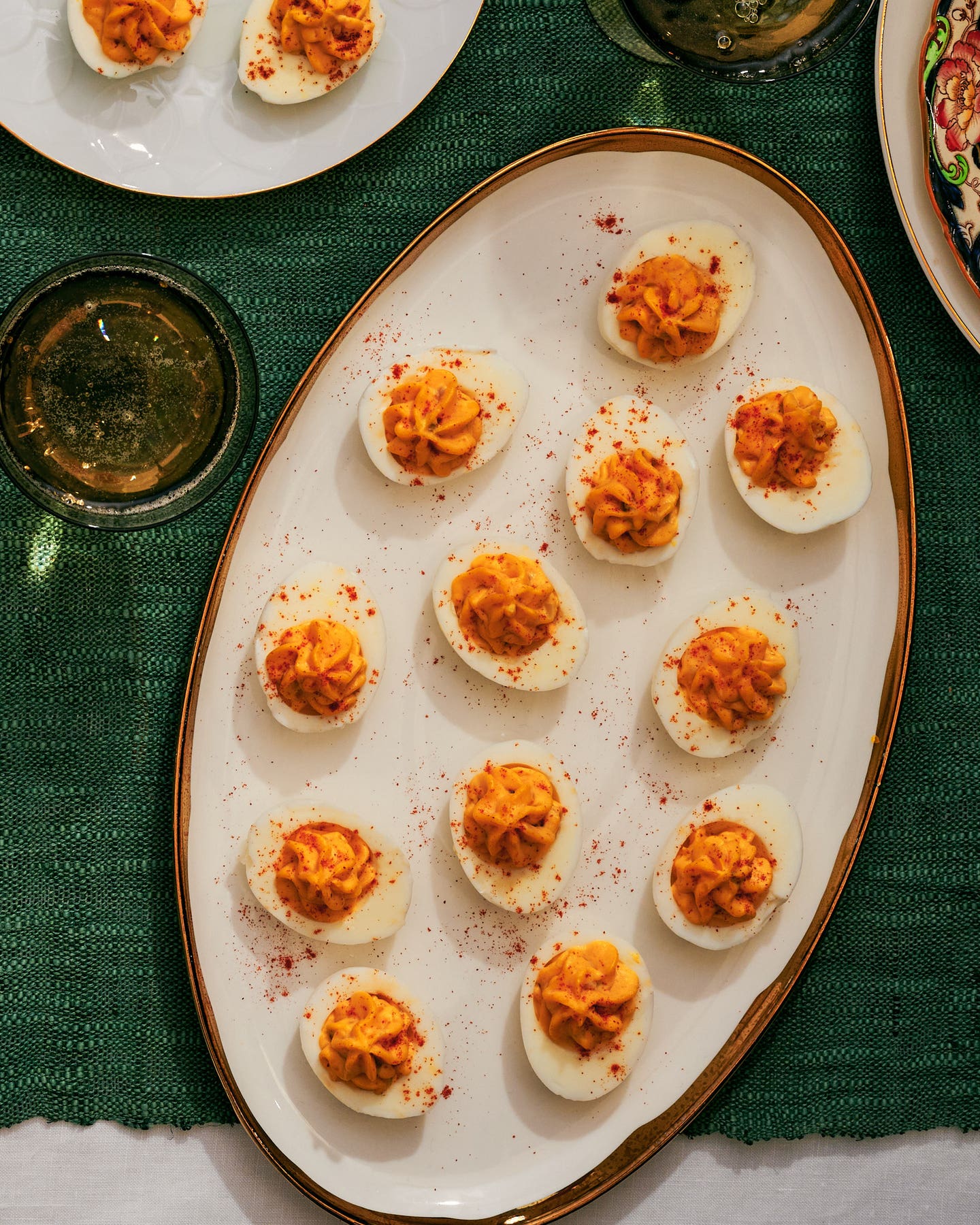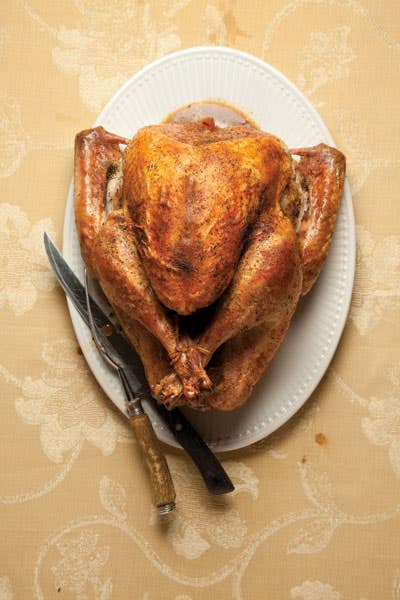
The Perfect Bird: How to Roast the Best Thanksgiving Turkey
This fail-proof roasting method produces the tastiest, juiciest Thanksgiving turkey

As the so-called kitchen professional in my family, I used to be expected to come up with newfangled takes on the Thanksgiving turkey each year. I've brined it, smoked it, fried it, dry-rubbed it; but eventually I (and everyone else around the table) tired of elaborate seasonings and complicated preparations. What we really craved was just a fantastic roast turkey—and this recipe produces exactly that. Follow these steps and you'll have tender legs, juicy white meat, burnished skin, and lots of gravy. In fact, it's the single best technique for roasting a bird that I know and the only one I use anymore when it comes to this special meal.
To start, I shop for a fresh, humanely raised bird, ideally not more than 15 pounds; the gargantuan, industrially raised fowl sold by the truckload around the holidays are bland (at best) and, because they're so big, impossible to cook evenly. One 13- to 14-pound fresh turkey will generously feed 10 to 12 people (for more guests, buy a second turkey). Bring your bird home at least two days before Thanksgiving so you have ample time to presalt, a simple step that keeps the turkey juicy and intensifies its natural flavors.
- Begin with the gravy: You'll want plenty of it, so I recommend buying and roasting turkey parts, which will be used to make the gravy's deeply flavorful broth. You'll need five to six pounds of turkey parts —ideally a mix of necks, wings, and legs — to make enough gravy for 10 to 12 people. Ask your butcher to chop the parts into four-inch pieces; smaller pieces are best because the skin and collagen release more easily from the bones, adding flavor and body to the broth. Pat the parts dry with paper towels, arrange them in a single layer in a large flameproof roasting pan (I use the same one I use for the turkey), and roast them in a 450-degree oven, flipping them with tongs after 30 minutes, for an hour total, until nicely browned.
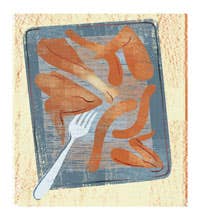
- Transfer the roasted parts to a four- or five-quart saucepan. Don't worry if bits stick; you'll capture them when you deglaze the pan. Place the roasting pan over your largest burner (you can use two burners if that's a better fit), turn the heat to high, and add two cups of water. Bring to a boil, scraping the bottom with a wooden spoon to dissolve any cooked-on drippings, and then pour the liquid into the saucepan. Add enough additional water to the saucepan to just cover the turkey pieces; any more can result in a diluted broth. Depending on the shape and size of your pot and turkey parts, you'll probably need about seven to eight cups of water total. Bring to just below a boil over medium high heat, and immediately lower the heat to a very gentle simmer. Skim any foam or scum that rises to the top, and add

one large coarsely chopped carrot; one large coarsely chopped yellow onion; one coarsely chopped rib of celery; one-half teaspoon of kosher salt; one-half teaspoon of whole black peppercorns, and one bay leaf. It's awkward to skim once you've added the vegetables and seasonings — since they tend to float to the surface — so I don't bother. As long as you don't let the broth boil aggressively, it will be clear. Continue to simmer, uncovered, until it has a sweet, rich turkey flavor, two and a half to three hours. When the broth is done, set a fine-mesh strainer over a heatproof bowl. (If you don't have a fine-mesh strainer, line a colander with a double thickness of cheesecloth.) Strain the broth, pushing gently on the solids to extract as much liquid as you can but not so hard as to mash the vegetables—this will cloud the stock and give it a murky flavor. Let the broth sit on the counter until it cools to room temperature, and then cover and refrigerate for up to four days. Once the broth has completely chilled, remove the layer of surface fat. You can freeze this broth for up to six weeks. In fact, if I'm traveling by car for the holiday, I'll freeze the broth in plastic tubs and use them as ice packs in my cooler.
- Presalting is the key to a juicy bird. Remove the giblets from the turkey, and refrigerate them for later use (except the liver, which you can discard or save for another use). Then pat
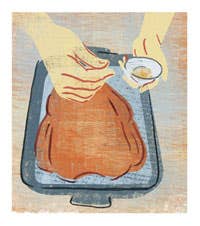
the turkey dry with paper towels. Sprinkle two tablespoons of kosher salt and one teaspoon of freshly ground black pepper liberally all over the turkey, spreading a little in the cavity and being sure to season the back, the breasts, and the meaty thighs. If you've never pre-salted before, this may look like too much salt, but it's not. As the turkey sits in the refrigerator, the salt will gently permeate the meat, improving the waterholding ability of the muscle cells so that, when cooked, the meat stays juicy yet does not become overly salty. In fact, when you pull the turkey from the fridge after its salt treatment, the skin will be taut and dry with no trace of salt. Arrange the turkey on a wire rack over a rimmed baking sheet, and refrigerate uncovered (this dries the skin, which helps it turn crisp during roasting) for one to two days.
- I am a firm believer in not stuffing the turkey: It roasts more quickly and evenly when its cavity isn't filled. I've probably tested every single roasting method out there, from roasting at very high heat to flipping the bird to distribute its juices; none of them surpasses this one, which requires placing the turkey in a very hot oven, then roasting it at a moderate temperature the whole way through. Remove the turkey from the refrigerator about two hours before roasting to take the chill off; this also helps it cook more evenly. Heat the oven to 450 degrees.
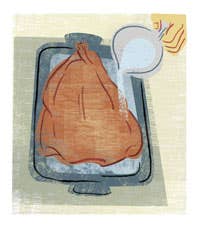
Tuck the wings behind the neck, and tie the tips of the drumsticks together with kitchen string. Arrange the turkey breast-side up on a rack in a sturdy roasting pan. Pour one and a half cups of your homemade turkey broth into the pan, and slide the turkey into the oven, immediately lowering the heat to 350 degrees. Then let it do its thing, rotating the pan after about one and a quarter hours, for two and a half to three hours total. Meanwhile, combine the remaining turkey broth with the giblets in a two-quart saucepan over medium heat. Simmer gently, partially covered, until the giblets are tender, about 45 minutes. Remove the giblets (saving them to add to the gravy later, if you like), and keep the broth warm.
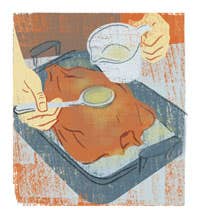

To be sure, pierce the meaty part of a thigh with a sharp knife, and check that the juices run mostly clear with only a trace of pink—don't wait for them to become completely clear, a sign that the turkey is overdone. To doublecheck, insert an instant-read thermome ter into the thigh, careful not to hit bone; it should read 170 degrees.
- When the turkey is done, grab both sides of the roasting rack with oven mitts to lift and tilt the turkey, and let the juices pour from the cavity into the pan. Set the turkey aside, tenting it very loosely with foil, to rest for at least 30 minutes while you tend to making the gravy.

(This resting period allows the proteins to cool and firm up, so the turkey better retains its juices when carved.) Pour all the liquid from the roasting pan into a heatproof bowl or 1-quart glass measuring cup, and set it aside. Set the roasting pan over two burners at medium-high heat, and add three-quarters of a cup of dry white wine or dry vermouth and two tablespoons of brandy. Bring to a boil, scraping with a wooden spoon to dissolve any flavorful cooked-on bits, and return the reserved liquid to the roasting pan. Boil, stirring often, until the liquid is reduced by nearly half, about eight minutes. Turn off the heat, and set aside.
- Once the liquid from the roasting pan has settled, spoon off and transfer the surface fat to a medium saucepan, measuring as you go, to make a roux for your gravy.

You'll need about four tablespoons of fat, but every turkey is different, so if you're short add enough butter to make up the difference. Heat the fat over medium-low heat, and whisk in one-third cup of flour until smooth. Cook for about four minutes, until the roux has a light amber color, and then gradually whisk in the reserved pan drippings. Bring to a simmer, and slowly whisk in four cups of warm turkey broth. Let the gravy simmer and thicken, whisking occasionally, for about 15 minutes (or more for thicker gravy). Add more broth if needed to get the consistency you like. For a hearty giblet gravy, finely chop the neck meat along with the gizzard (after removing the gristle) and the heart, and stir this meat into the finished gravy. Season the gravy with salt and pepper to taste, and keep it warm as you carve the turkey. By now, your kitchen will likely be crowded with guests hoping to steal a taste of the big bird. Call everyone to the table, say your thanks, and enjoy your perfect roast. _
_
_
Illustrations: Don Kilpatrick/Morgan Gaynin_
Keep Reading
Continue to Next Story


